Dishwasher detergents are produced and sold in the form of gel, liquid, powder, soap and tablet.
Any laundry liquid may contain bleach, enzymes or detergents.
Depending on the situation, you may need to use dishwashing detergent.
If they are designed properly, you should be able to use them in cold or salt water.
Although it does not work properly and effectively and has unsatisfactory results, it may also be used in hot water.
Using dishwashing solutions in water that is room temperature or slightly warmer than usual is the method that brings the most and optimal results.
In this scenario, the dishwashing liquid foams to its full potential at this temperature, resulting in satisfactory levels of foam.
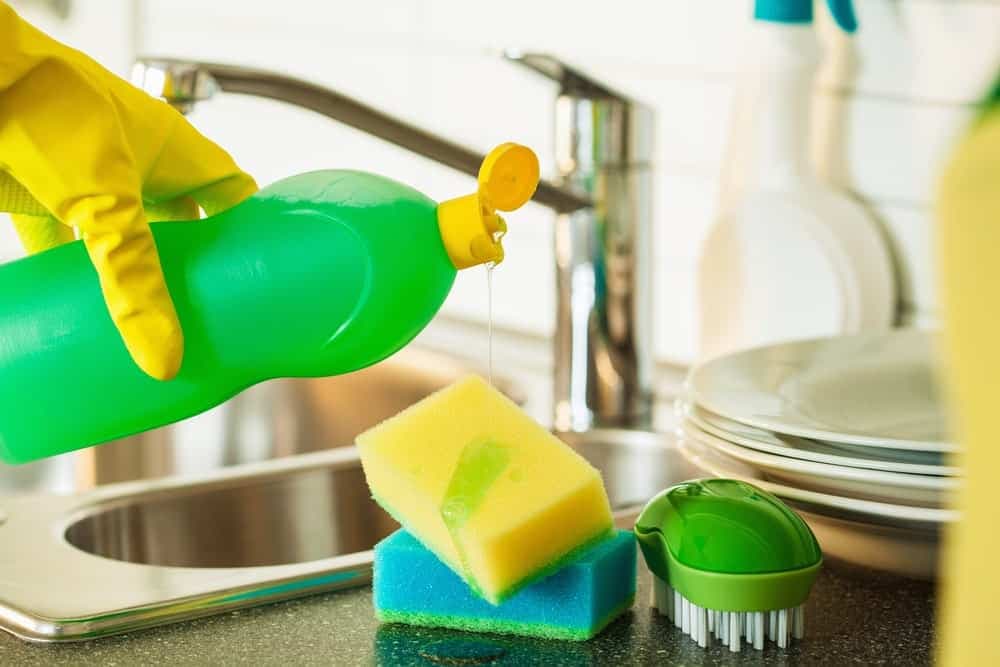
This option allows the dishwashing liquid to operate at the highest possible level of efficiency.
Water is the main component of dishwashing liquid, while detergents are the main components of its composition. Water is the main component of dishwashing liquid.
For washing, detergents are used instead of soap because they react with any hardness that may be in the water.
Other ingredients in a product can include things like surfactants, salts, preservatives, colors or fragrances.
Surfactants are supposed to remove oil and food particles stuck to surfaces. They also have the potential to improve floor properties.
Some detergents contain phosphates. Containers can be cleaned using phosphate, but it also has the ability to kill algae when released back into the natural environment.
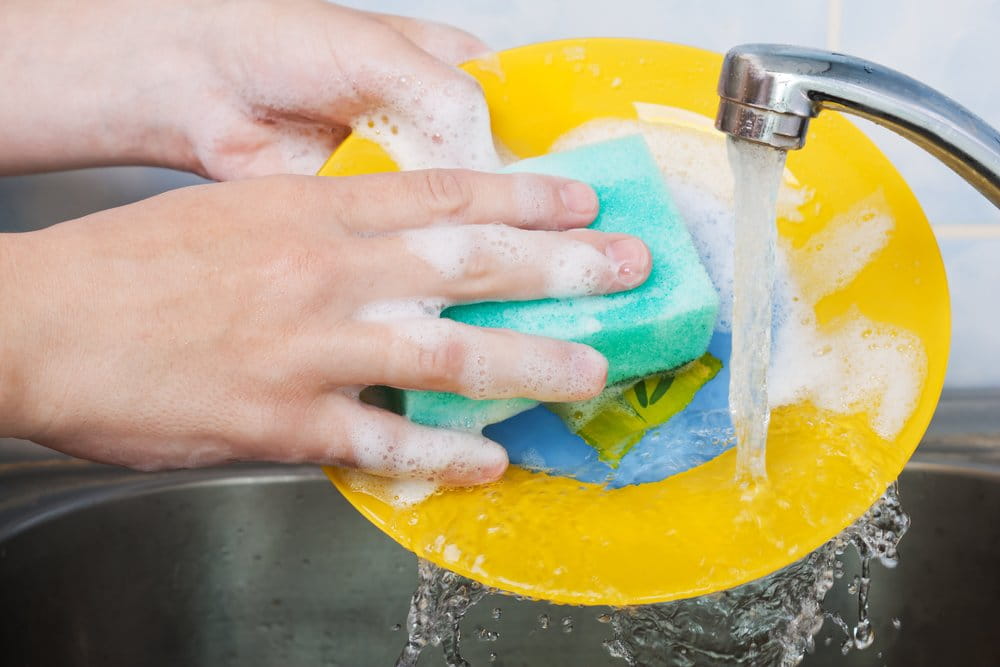
When phosphate-contaminated wastewater is discharged into rivers and other moving waters, it is harmful to the environment.
For this reason, its use is restricted in a large number of jurisdictions. Most of the time, dishwashing liquid is used to remove food from dishes.
Usually, large pieces of food are removed from dishes before using dishwashing liquid. Whether you wash by hand or machine can change how you do it.
Some dishwashing liquids can damage silver dishes, some glass dishes and gold leaf dishes.
Vessels made of brass, bronze, cast iron, tin or wood can also suffer this type of damage. Even more so when you use hot water and a dishwasher.
Dishwashing liquid is used to clean this type of equipment by hand.
Instead of putting delicate dishes in the dishwasher, it is better to wash them by hand as much as possible.
Surfactants are a big part of what makes hand soaps clean.
When these materials are used, surface tension is reduced. When washing dishes, most people make sure to rinse them well with clean water to get rid of soap residue that can change the taste of food.
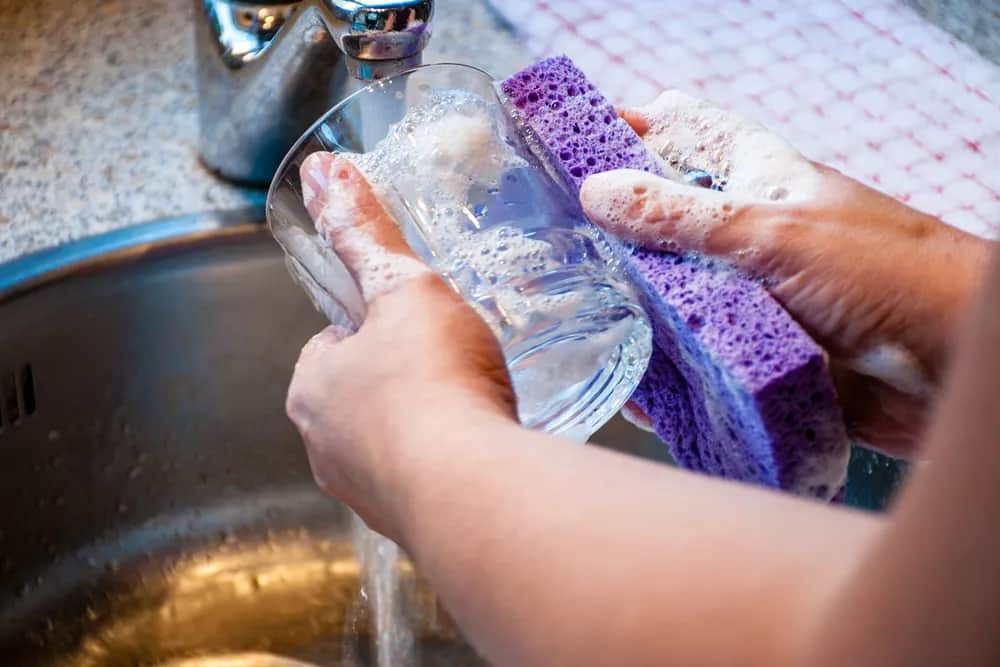
Dishwashing liquid can irritate the skin and cause eczema on your hands, especially if you have “skin allergies.” Most of the time, these people are told to wear gloves when using dishwashing liquid.
Soap ingredients
The two important ingredients of soap are: sodium hydroxide (which is insoluble in water) and fat (soluble in water).
One of the alternative names of caustic soda is sodium hydroxide. A suitable solvent is required to successfully create soap.
Alcohol is the most effective solvent that can be used when making soap. The term “cleaning agent” refers to a soap that consists of a mixture of alkaline substances and fat.
Soap is used to wash dishes and other dirty surfaces. This solution is especially suitable for removing oil and grease from surfaces such as skin, cloth and floors.
The final properties of the product, such as its consistency (solid or liquid), are determined by the type of material used to make the soap, which may be any of the different components.
The sap of some plants, such as the soap plant, was most likely used as one of the primary ingredients in soap production.
The foam produced most likely originates from the dissolution of the roots of these plants in water.
Other types of plants such as soap tree, bandag and gasohol are also composed of these components.
These compounds in their combined form are called saponins. Saponin, used in fishing to make it easier to turn fish, produces a frothy foam that may also be used for this purpose.
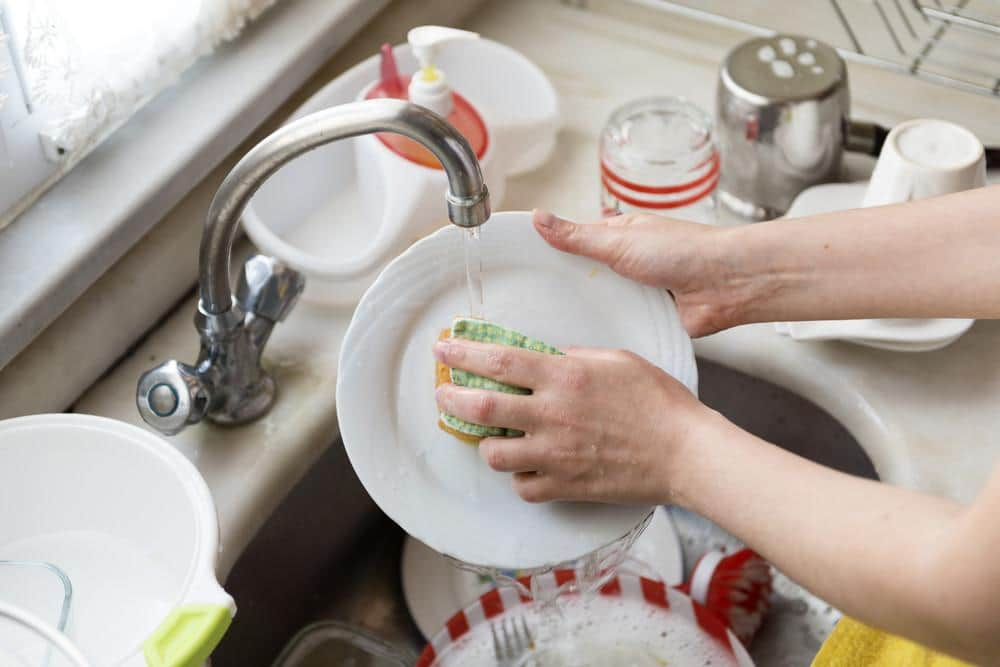
Soap ingredients
People eventually realized that lipids react with alkaline compounds in the ashes left after a fire.
Therefore, they used similar compounds such as sodium stearate and potassium stearate to make soap compounds.
During the saponification process, an alkaline substance is combined with fats to create soap. This process is called saponification.
As a result of the reaction between alkali and fatty acids, a long molecule is produced.
The molecular structure of soap is what gives it its cleaning ability. This molecule is hydrophobic on one side (containing hydrocarbons that are hydrophobic) while on the other side it contains carboxylates that are hydrophilic.
The hydrophobic side is attracted to oils and grease, while the hydrophilic side is attracted to water molecules.
Simply put, soap breaks the oil into very small globules, which it then uses to create a suspension of oil and water. After that, the oil may be easily removed from surfaces by wiping.
Product quality is often improved by the use of additives. Aloe vera, honey and oats may be added to the soap. Fragrance is added to the soap. Preservatives are also added to soap molds.
Saponification produces 75% soap and 25% glycerin. Glycerin is found in handmade soaps. This conditioner gives the soap a lovely feel.
Soap ingredients
Commercial soaps are usually sold separately. Soap is softened and textured with glycerin. But sorbitol is also used with glycerin. This helps clarify the soaps. The soap is opaque because of the titanium dioxide.
The soap contains pentasodium pentatate, tetrasodium etidronate and tetrasodium edetatetrasodium.
These substances soften water and prevent soap from metal ions in the composition.
Calcium and magnesium are enclosed in water by these compounds. These materials do not react with soap and prevent the production of insoluble soap lime.
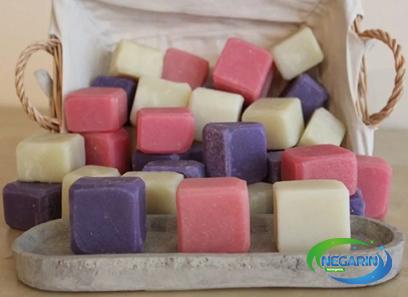
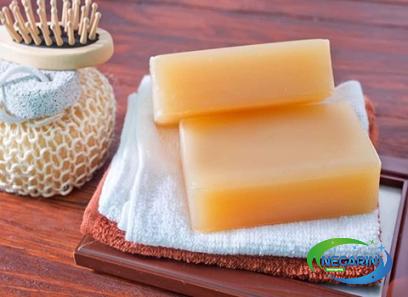
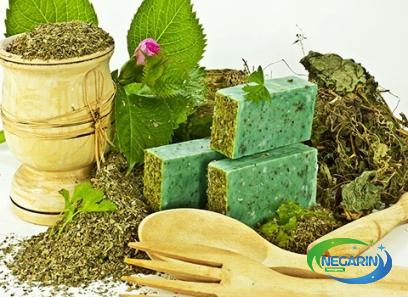
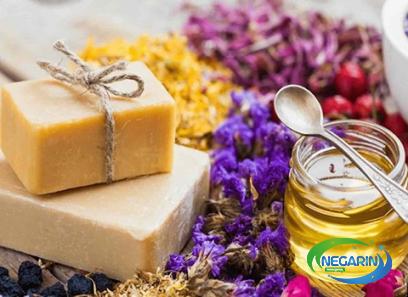
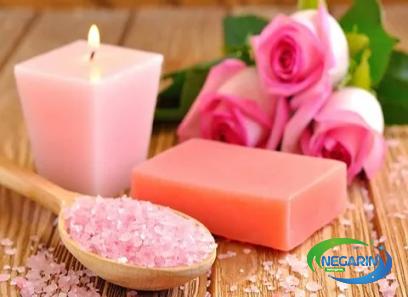
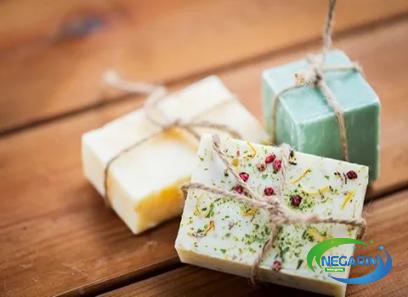
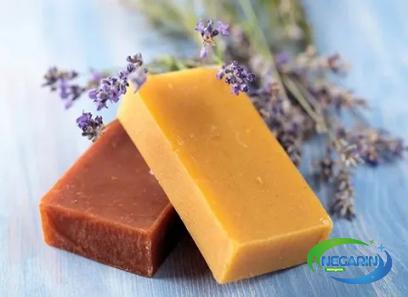
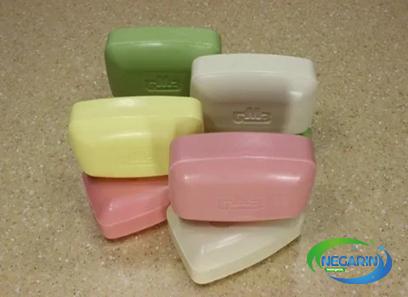
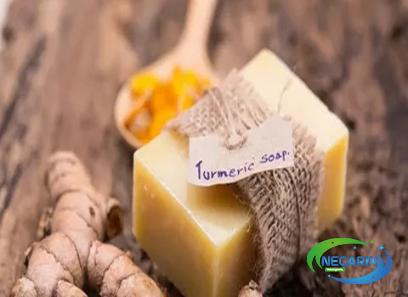
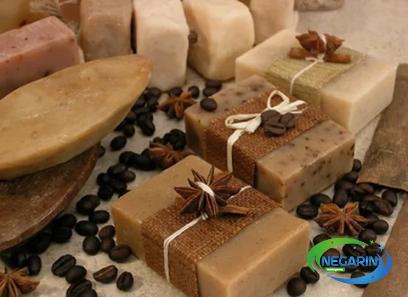
Your comment submitted.